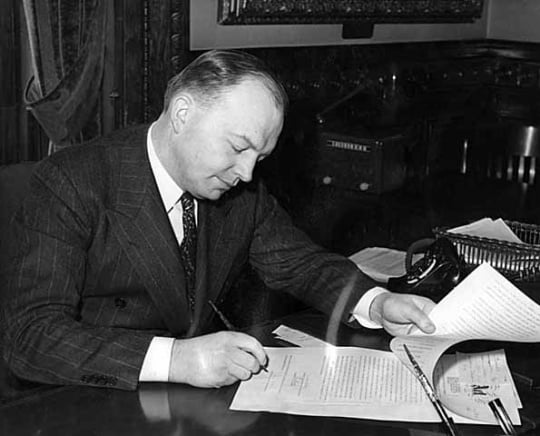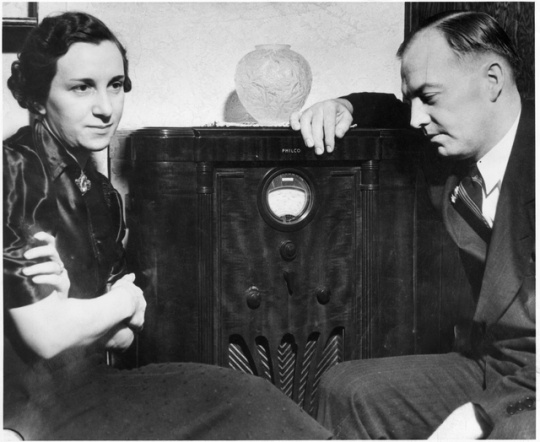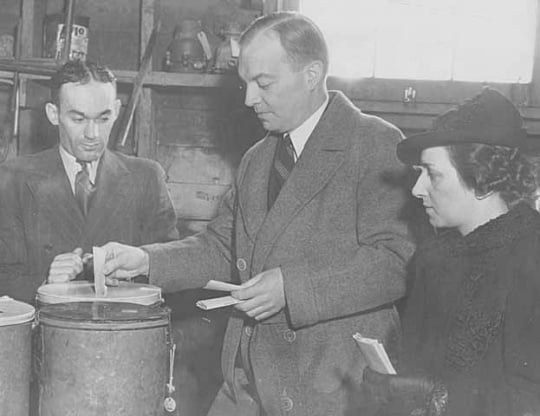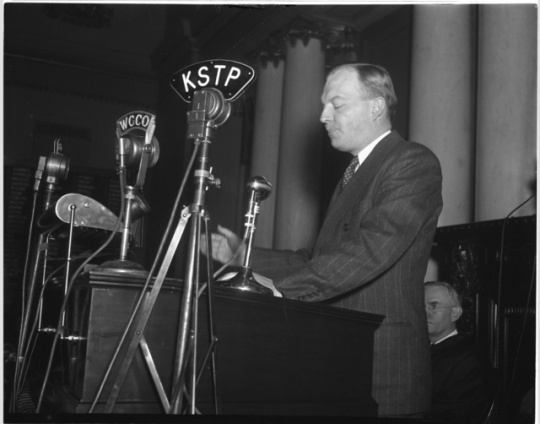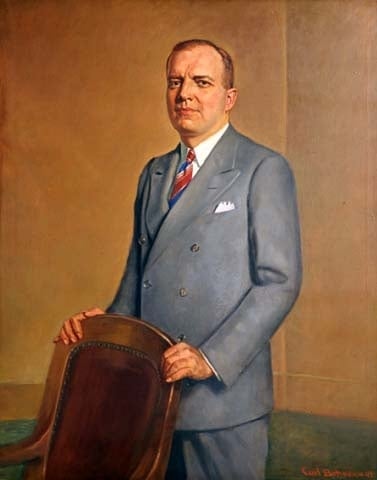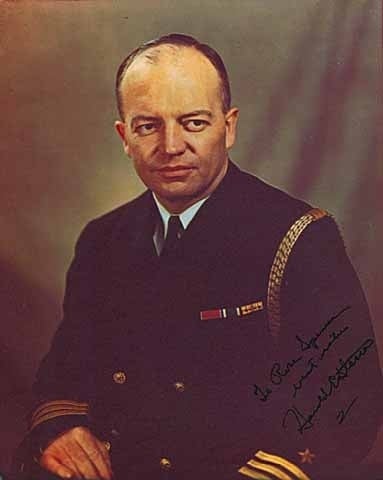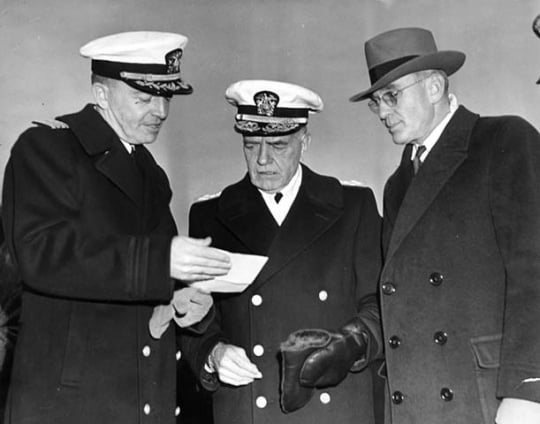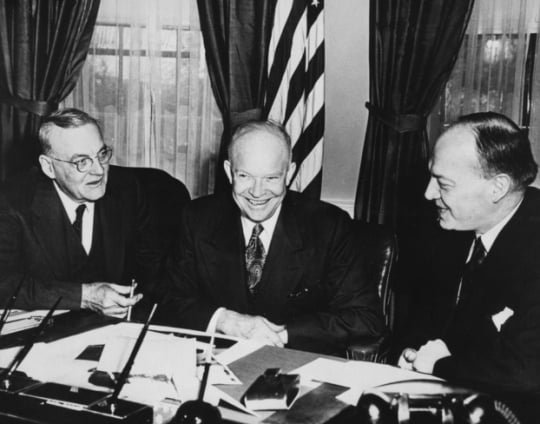During a lifetime devoted to public service, Harold Stassen left an indelible mark upon American politics. He first gained national prominence in the 1930s by revitalizing Minnesota’s Republican Party and establishing a progressive, cooperative approach to state government. Although his achievements are often obscured by his seemingly relentless quest to become president, Stassen contributed greatly to the cause of international peace following World War II.
Harold Edward Stassen was born in 1907 on his family’s truck farm in West St. Paul. His father, William, taught him the importance of civic engagement and the prominent role the Republican Party had played in Minnesota during the late nineteenth century.
At the age of fifteen, Stassen graduated second in his class from St. Paul’s Humboldt High School. After another year of helping to run the family farm, he enrolled at the University of Minnesota, where he became active in campus politics. He joined the debating society and led the U of M rifle team to three consecutive national championships. He was also elected student-body president. Stassen’s exposure to history and international relations at the U of M helped form his lifelong interest in world peace.
Stassen graduated from the University of Minnesota Law School in 1929. He opened a law office in South St. Paul with his classmate Elmer Ryan. That fall, he married his longtime sweetheart, Esther Glewwe.
Stassen decided to run for Dakota County attorney in 1930, despite contracting tuberculosis. He won the election with the help of family and friends who campaigned while he convalesced at Pokegama Sanitarium. Once fully recovered, he prepared to assume his duties at the Dakota County Courthouse in Hastings.
Stassen faced many challenges as Dakota County attorney during the Great Depression. He battled organized crime, tried to avert labor strikes, helped to prevent farm foreclosures, and successfully argued an important tax case before the U.S. Supreme Court. He observed state politics closely during the 1930s and feared the growing influence of the Farmer-Laborites. Led by three-time governor Floyd B. Olson, the Farmer-Labor Party had by 1934 completed its transition from a populist-oriented, third-party movement to the people’s choice in Minnesota.
In 1935, Stassen helped establish the Young Republican League of Minnesota. A year later, he was elected its first chairman. He sought the Republican nomination for governor in 1938.
Stassen’s brand of Republicanism was progressive and forward-thinking. It appealed to young and independent voters who were suspicious of the Farmer-Labor Party’s lock on state offices. Stassen carried the Republican primary easily and then won the 1938 gubernatorial election. He was only thirty-one years old.
On January 2, 1939, Stassen became the youngest governor in Minnesota history. Promising to rid the state capitol of corruption and political patronage, Stassen pursued an ambitious set of legislative reforms addressing civil service, labor relations, public welfare, and government reorganization. He soon gained the attention of GOP leaders outside Minnesota. In 1940, he was chosen to deliver the keynote address at the Republican National Convention in Philadelphia.
In 1942, Governor Stassen announced that he would resign the following spring to join the U.S. Naval Reserves. That November, he was reelected to a third term. In the summer of 1943, he joined Admiral William Halsey’s staff in the South Pacific. He served with distinction for the remainder of the war. He attended the San Francisco Conference in 1945 to help draft the United Nations Charter. Stassen also organized the evacuation of nearly twenty thousand Allied POWs held by the Japanese at the end of the war.
Stassen began running for president in the 1940s and never really stopped. He sought the GOP’s nomination a record ten times between 1944 and 1992. His efforts to win state presidential primaries yielded several early victories and set a precedent for future candidates. Stassen served as president of the University of Pennsylvania from 1948 until 1953, when he joined President Eisenhower’s national security team.
After leaving the Eisenhower Administration in 1958, Stassen practiced international law and ran unsuccessfully for many more offices in Pennsylvania and Minnesota. He died in 2001 and is buried alongside his wife at Acacia Cemetery in Mendota Heights.










